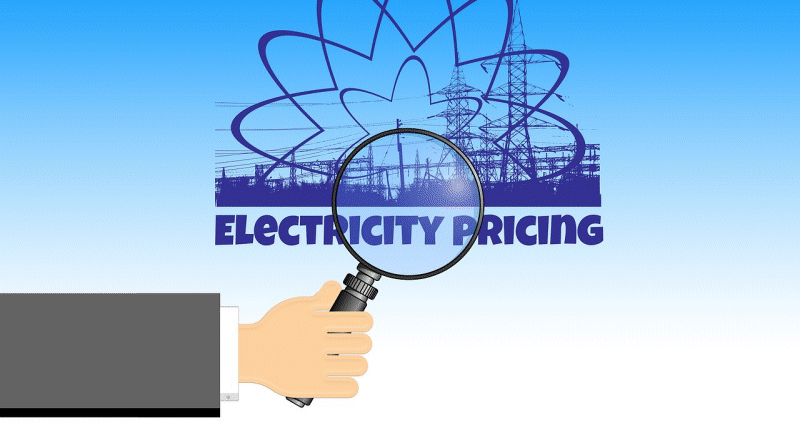
Image : geralt
Synergy’s wholesale electricity market dominance has been highlighted in a discussion paper from Western Australia’s Economic Regulation Authority (ERA) released a few days before Xmas.
Synergy is Western Australia’s largest electricity generator and retailer, providing 52% of the electricity sold to residential and commercial customers in the South West Interconnected System (SWIS) according to the company. The ERA states Synergy owns or controls around 80 per cent of electricity generation in the SWIS.
Synergy is also WA government owned.
In a report to Western Australia’s Minister for Energy on the effectiveness of the state’s wholesale electricity market (WEM) (2017/18), the ERA notes prices had jumped by just under 50 per cent in the last six years. Usual drivers of price increases, demand and fuel costs, don’t seem to be the culprits.
The ERA notes increased penetration of “intermittent” generation, particularly behind-the-meter technologies such as solar power, has been easing network demand during the middle of the day.
Just in terms of small-scale solar (<100kW systems), Western Australia is home to more than 280,000 PV systems with a collective capacity north of 1 gigawatt. The number of systems in the SWIS has been pegged at close to 200,000. As at October 25, an estimated 26.1% of dwellings across the state had rooftop solar power installed according to Australian PV Institute (APVI) statistics. This puts WA in third place in terms of saturation – behind Queensland (32.6%) and South Australia (32.1%).
While increased use of gas-fired electricity generation to provide the rapid ramp-up in output needed to meet afternoon peaks when solar output quickly drops off could be driving higher input costs, the Authority’s initial findings on run times for Synergy’s major generators suggests this is not the issue; although it is continuing research in this regard.
The discussion paper also notes the volume of ancillary services required in response to increased volatility in demand related to rooftop solar power systems has seen no change, nor has an increased volatility in supply from a greater penetration of renewables-base generation been observed.
Lack Of Competitive Pressure – But Still Struggling
Based on the information it has, the ERA’s conclusion:
“Synergy’s market power and a lack of competitive pressure in the WEM could be behind the upward trend in balancing prices, or gas-fired generation could be setting the balancing price in more intervals over the last six years.”
The ERA has invited those interested on commenting on its findings in the discussion paper to make a submission. Submissions close 4:00 pm (WST) Friday, 8 February 2019 and should be lodged online using this form.
Even with the price hikes, Synergy has continued to find itself in financial strife and it doesn’t look like things will get better any time soon. In late December, it was reported Synergy’s bottom line was “set to blow out by more than a quarter of a billion dollars over the next four years.” As in 2017, a reason given was solar energy eating Synergy’s lunch.
Long gone are the days when electricity generators and retailers looked at solar power and laughed. After realising solar would change everything, their resistance began and then finally grudging acceptance (although some continue to fight it). The lack of foresight and expending so much energy in resisting change has been of great disservice to electricity consumers.

 RSS - Posts
RSS - Posts



So why are the wholesale electricity prices in WA (SWIS) around ~$40 while the NEM typically have them at ~$70 ?
One major reason is that WA reserved natural gas for domestic use while on the east coast they didn’t and so gas prices rose to international levels minus the cost of liquification and transport. Another reason is WA’s coal is stranded while black coal in QLD and NSW can be exported. This makes WA’s coal much cheaper as there is no one bidding up its price.